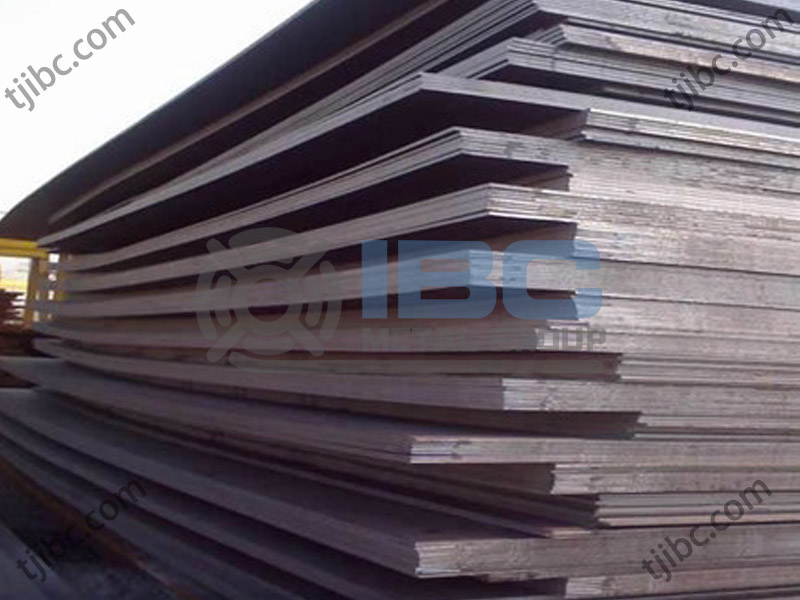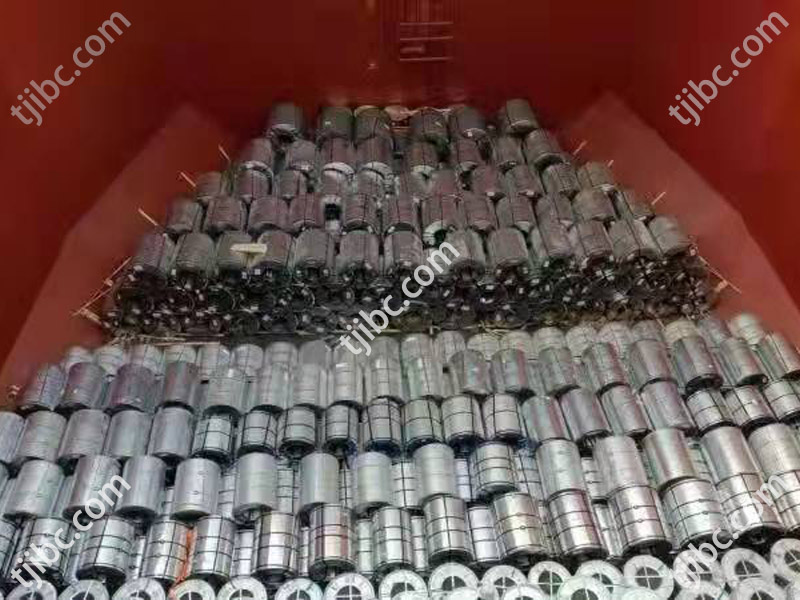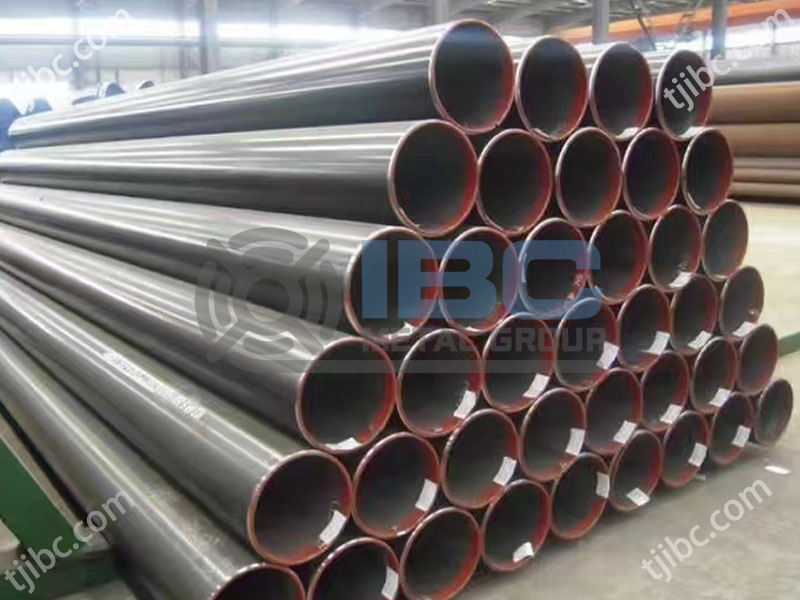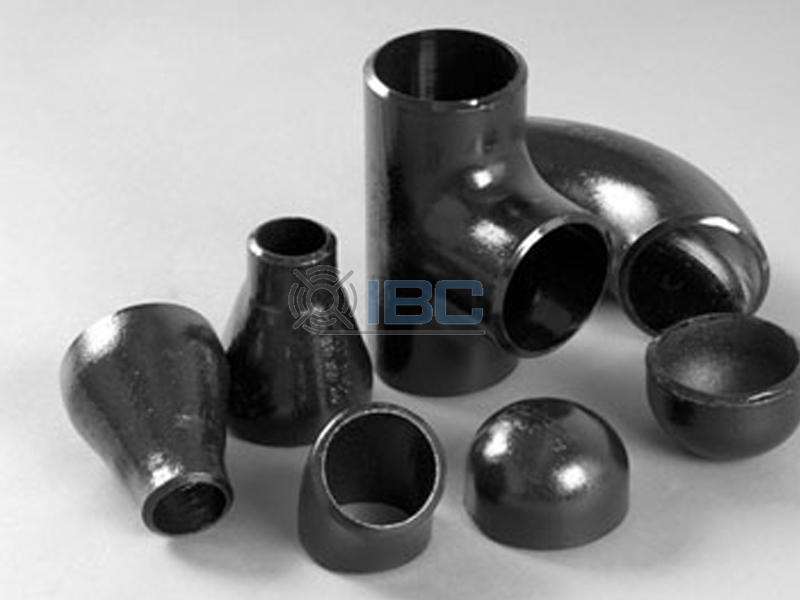Physical Property of Cold Drawn Steel Bar
Cold drawn steel bar performs well in physical properties, mainly reflected in the following aspects:
Strength and hardness: The cold drawing process can refine the grain structure of the steel and eliminate the internal porosity and defects. Thereby increasing the strength and hardness of the steel. This allows it to show greater stability and durability under pressure and impact.
Toughness: Its toughness is also better than ordinary round steel, and it can better maintain its shape and integrity when it is impacted by external forces.
Precision and surface quality: The cold drawing process can precisely control the cross-section size and shape of the steel, so that this round steel has higher dimensional accuracy and better surface quality. This high precision makes it widely used in the field of precision machining and high-end manufacturing.
Chemical Properties of Cold Drawn Steel Bar
The chemical properties of cold drawn steel bar vary depending on the material. But in general, its main components include carbon (C), silicon (Si), manganese (Mn), phosphorus (P), sulfur (S) and other elements, as well as alloying elements added according to different uses (such as chromium Cr, nickel Ni, molybdenum Mo, etc.). Together, these elements determine its chemical stability and corrosion resistance.
Taking N08926 round steel as an example, its chemical composition includes Ni (63% minimum), Cu (27-33%), Al (2.3-3.15%), Ti (0.35-0.85%) and other elements. This alloy has excellent magnetic properties, magnetostrictive properties and basic electrical and thermal conductivity requirements. At the same time, N08926 round steel also has good mechanical properties and excellent resistance. This enables it to maintain a stable structure and reliable performance at all temperatures.
Operation Process
Raw material preparation: The selection of high-quality steel as raw materials, usually seamless steel pipe or steel rod.
Billet heating: Workers will heat the raw material to a suitable temperature (usually 900-1200 ° C). This softens the steel and facilitates subsequent processing.
Billet pickling: The heated billet is pickled to remove the surface oxide layer and dirt. This ensures a smooth subsequent operation.
Billet drawing: the processed billet is sent to the cold drawing machine, and the cross-sectional area of the steel is gradually reduced through multiple drawing operations, and its length is also increased. This step is the key to steel forming.
Grinding treatment: After several drawing operations, the steel surface will produce defects and burrs. Workers need to be polished to make the surface smooth.
Quenching treatment: The steel after cold drawing is quenched to improve its hardness and strength. Quenching methods include water quenching, oil quenching, air cooling and so on.
Other treatments (such as forging, finishing, etc.) : According to specific needs, workers will further forge or finish the quenched steel to change its shape and size to meet higher precision and surface quality requirements.

Contact with us today!



